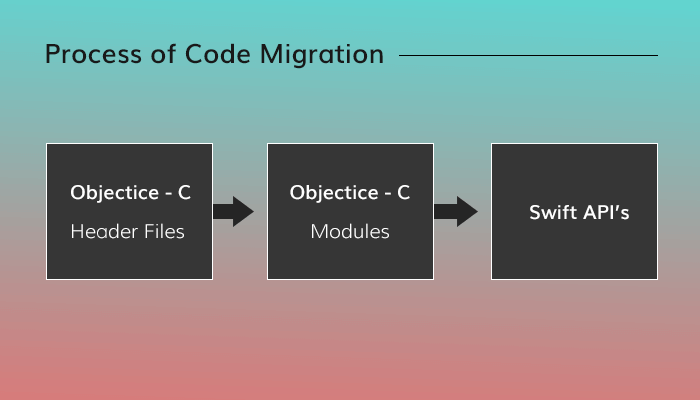


And educational for myself as I’ve originally made it to learn how to code in Objective-C. Educational by essence as the app is designed to help you memorize the basics syllabaries of the japanese language. It is truly an educational project on every aspect. SwiftUI came after that in 2019.Īs a side project, done during my ever decreasing free time, I never managed to produce more than one or two updates a year of Nihongo no Kana. Apple had to react, introducing Swift in 2014 and focusing most of its efforts on this new language since then. Java came back front and center thanks to Android. The popularity of JavaScript and C# exploded. In about ten years, the programming landscape has changed a lot. So, many developers became familiar with Objective-C, a strange language in many regards, yet instrumental to create those precious 3rd-party native apps.įast forward to 2021. The ecosystem was still in its infancy but was obviously already tremendously popular. It was the days of the iPhone 4S, of the very first iPad Retina and of iOS 5. Nihongo no Kana was initially released in May 2012.


 0 kommentar(er)
0 kommentar(er)
